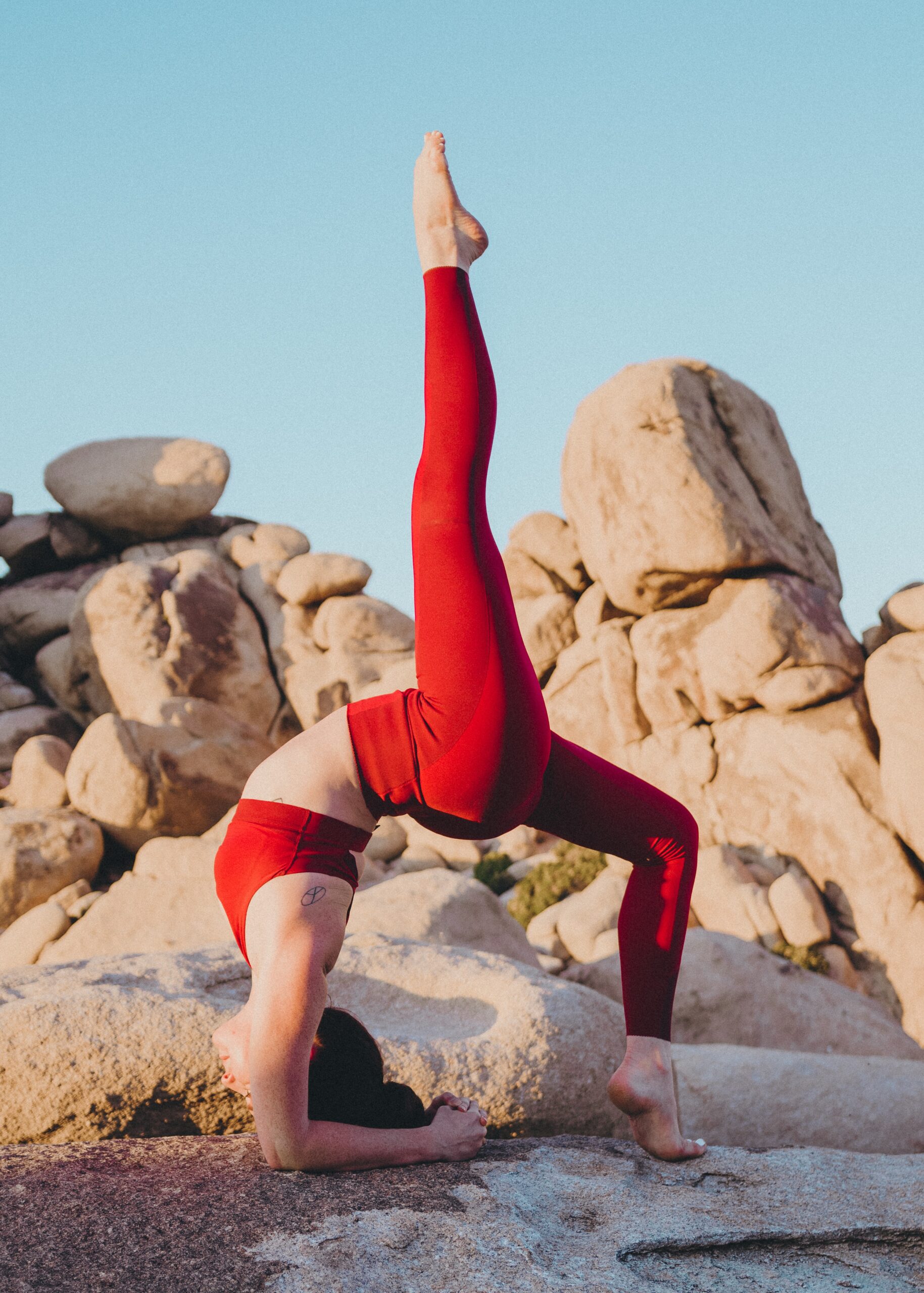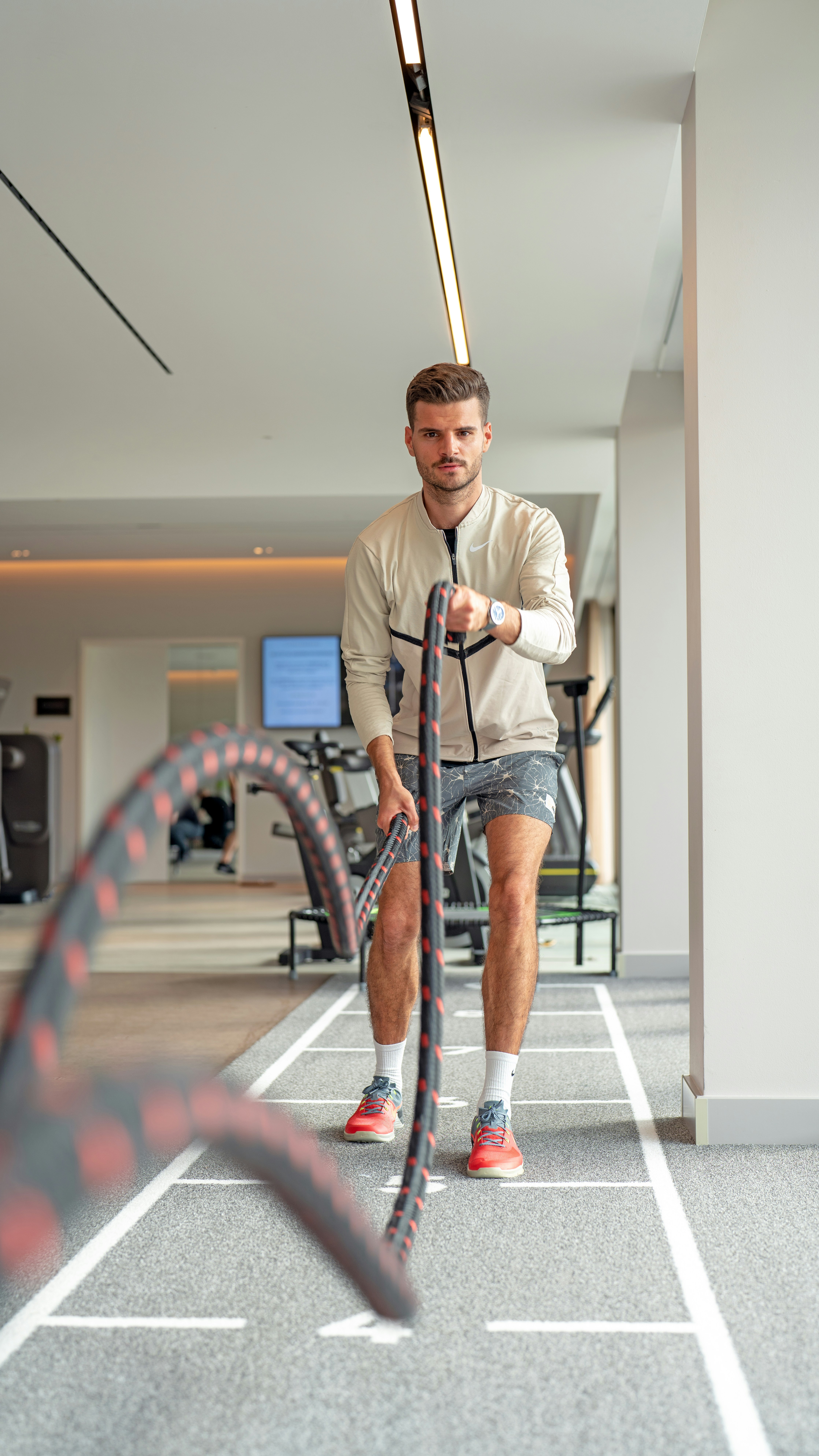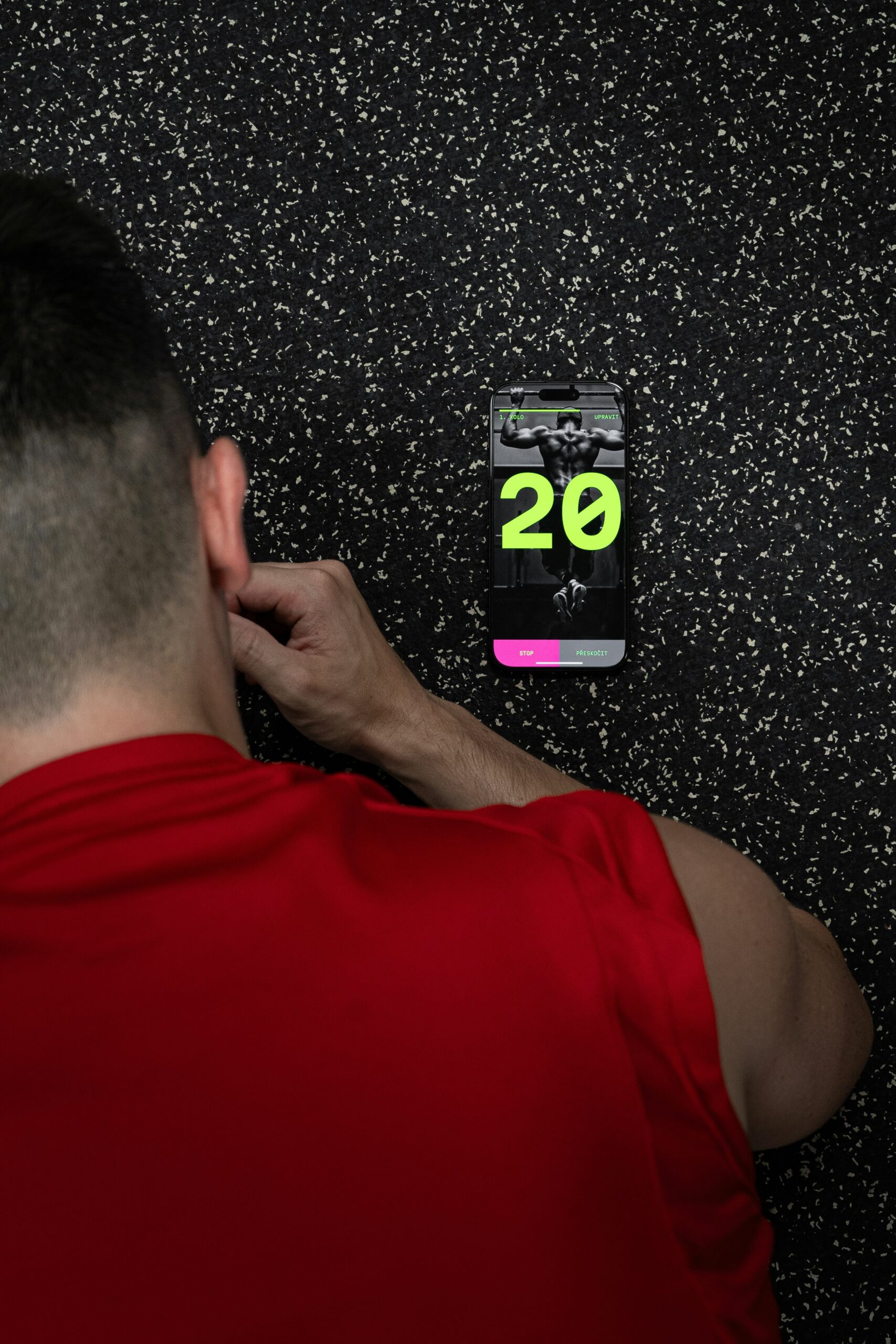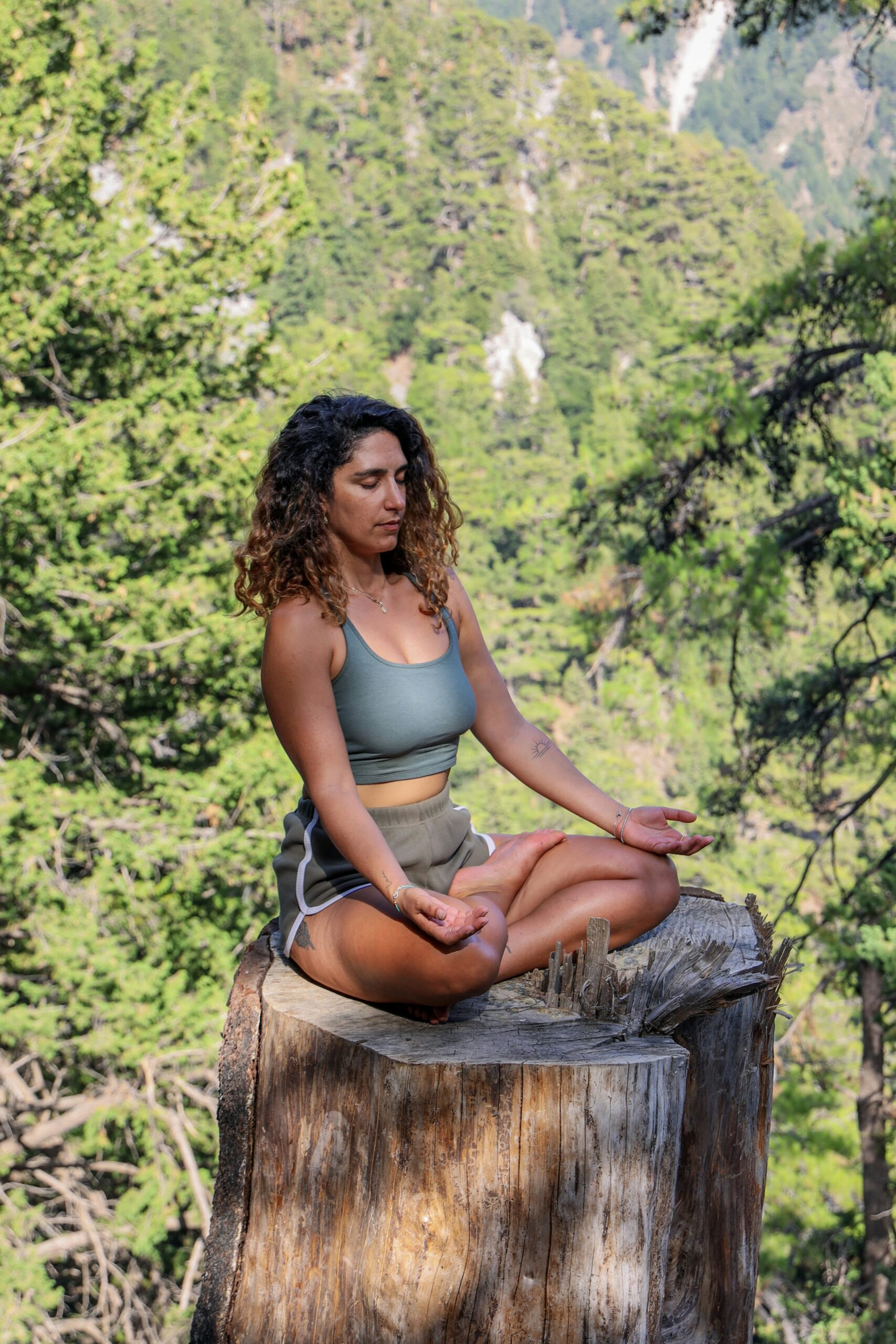How to Improve Flexibility at Any Age
Flexibility isn’t just a trait of contortionists or gymnasts; it’s a fundamental aspect of functional fitness that can benefit everyone. Whether you’re reaching for a high shelf, bending down to tie your shoelaces, or simply aiming to move more freely, improving flexibility is a journey that brings a wealth of physical and mental rewards. In this comprehensive guide, we’ll dive deep into the world of flexibility, uncovering effective strategies, actionable tips, and practical insights to help you enhance your range of motion. So, let’s embark on this flexible adventure and empower your body to move with newfound freedom.
Understanding Flexibility: The Building Blocks:
What is Flexibility?
At its core, flexibility refers to the range of motion around a joint or series of joints. It’s not just about touching your toes; it’s about having the mobility to carry out everyday movements with ease. Flexibility is influenced by various factors, including genetics, age, activity level, and even the health of your connective tissues.
Types of Flexibility:
Flexibility isn’t a one-size-fits-all concept. It can be categorized into static flexibility (holding a stretch position) and dynamic flexibility (moving through a range of motion). Both types have their place in improving overall flexibility and functional mobility.
The Benefits of Improved Flexibility:
Before we dive into the strategies, let’s explore why improving flexibility matters. Enhanced flexibility:
- Reduces the risk of injury by improving joint mobility and reducing muscle tension.
- Enhances athletic performance by allowing muscles to move through their full range.
- Supports better posture and alignment, reducing strain on the musculoskeletal system.
- Contributes to relaxation and stress relief by releasing muscle tension.
- Improves circulation and blood flow, supporting overall cardiovascular health.
Practical Insight:
Consider a study published in the Journal of Sports Medicine and Physical Fitness that found a positive correlation between improved flexibility and reduced risk of injury in athletes. Those with better flexibility showed a decreased likelihood of experiencing strains and sprains.
Strategies for Flexibility Improvement:
Stretch Regularly:
Stretching is the cornerstone of flexibility improvement. Incorporate both static and dynamic stretches into your routine. Static stretches involve holding a position for 20-30 seconds, while dynamic stretches involve controlled movements through a range of motion.
Prioritize Warm-Up:
Stretching cold muscles is like trying to bend a frozen rubber band. Begin your flexibility routine with a light warm-up to increase blood flow to the muscles and prepare them for stretching.
Focus on Major Muscle Groups:
Pay attention to key muscle groups such as hamstrings, quadriceps, hip flexors, calves, and shoulders. These areas often play a significant role in overall flexibility.
Utilize Proprioceptive Neuromuscular Facilitation (PNF):
PNF involves a combination of stretching and contracting muscles. It’s an effective technique for increasing flexibility. An example of PNF is the “contract-relax” method, where you contract the muscle being stretched before relaxing it into a deeper stretch.
Yoga and Pilates:
Both yoga and Pilates emphasize flexibility, balance, and core strength. Incorporating these practices into your routine can help you achieve supple movements and improved range of motion.
Foam Rolling and Self-Myofascial Release:
Using a foam roller or other self-massage tools can release muscle tension and improve fascial mobility, promoting better flexibility.
Practical Insight:
A study published in the Journal of Strength and Conditioning Research examined the effects of static stretching and PNF techniques on hamstring flexibility. The study found that participants who incorporated PNF stretching experienced greater gains in hamstring flexibility compared to static stretching alone.
Lifestyle Factors That Impact Flexibility:
Hydration:
Dehydrated muscles are less elastic and more prone to injury. Staying hydrated supports the health and flexibility of your muscles and connective tissues.
Nutrition:
Certain nutrients, like magnesium and vitamin D, play a role in muscle function and overall flexibility. Consuming a balanced diet supports the health of your muscles and joints.
Posture Awareness:
Maintaining good posture throughout the day prevents the tightening of muscles and connective tissues, contributing to better flexibility.
Stress Management:
Chronic stress leads to muscle tension and tightness. Incorporating relaxation techniques such as deep breathing, meditation, or mindfulness can help maintain flexibility.
Consistency:
Flexibility is a journey, not a destination. Consistency is key. Dedicate time to stretching and mobility exercises regularly to see lasting improvements.
Practical Insight:
A case study published in the Journal of Bodywork and Movement Therapies explored the impact of stress reduction techniques on flexibility. The study found that participants who engaged in stress management practices experienced greater improvements in flexibility compared to those who did not.
Conclusion:
As we wrap up our journey through the world of flexibility, remember that enhancing your range of motion is a gift you give your body. Whether you’re an athlete aiming to improve performance or someone seeking to move with more freedom and ease, flexibility is a journey worth embarking on. Through stretching, targeted exercises, and mindful lifestyle choices, you can unlock the potential of your body to move, bend, and flex with grace. So, take the knowledge you’ve gained from this guide, put it into action, and embrace the joys of supple movements. Flexibility isn’t just about physicality; it’s about empowerment, wellness, and nurturing your body’s incredible capacity for motion.





